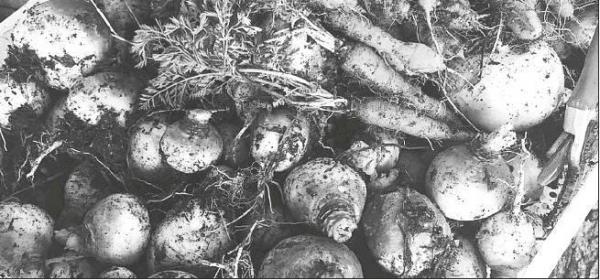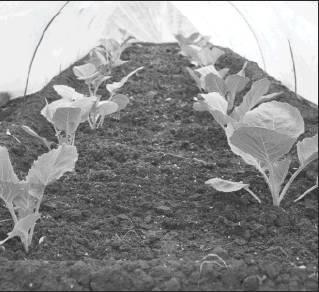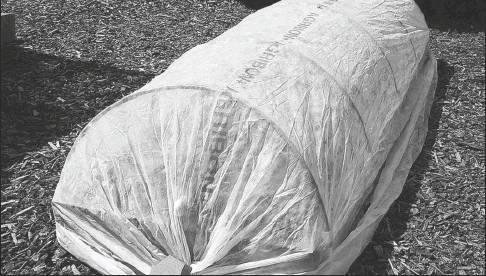Getting Into Gardening
August is upon us, wow is this year going by quickly or what? So, it is August and you may not know this but in central Texas, August indicates that it is time to get ready for the fall garden. In fact, by the end of this month my fall garden will be about 75% planted and the remaining 25% will be completed in September and early October. When it comes to gardening, spring and summer often take the spotlight. Everything seems fresh and new, bright and beautiful, ready for warming rays and nurturing rains. When autumn rolls around, gardening can get a bit more complicated and to be honest I think that planting the fall garden is much harder than planting the spring garden. In spring the daytime temperatures are still very cool and refreshing – that makes working and planting in the garden a real joy. But come the fall garden, when I am working in temperatures that can reach into the triple digits, well let’s just say I often wonder why I bother.
I bother with the fall garden because it is amazing how much bounty we can grow during a Texas fall and winter! Cabbage, Kale, Collards, Cauliflower, Kohlrabi, Brussels Sprouts, Broccoli, Green Beans, Bok Choy, Arugula, Spinach, Carrots, Lettuces, Beets, Radish, Parsnips, Turnips, Rutabaga, Celeriac, and much more will make the late fall and winter harvest a joy to behold!
Just look at that list of bounty and keep in mind that it is only a partial list! Plus keep in mind that many of our spring/summer veggies will still be producing! You can still have beans, tomatoes, okra and more until the first frost actually hits so a fall/winter garden can really produce! It’s pretty amazing to ‘visually’ see how much food can be grown late in the season. One thing to note as well is that it’s during the fall and winter harvested greens, root vegetables and brassicas (that’s the cabbage family) taste their best.
I am often asked how I deal with the frost in my fall and winter garden. The simple answer is that I really don’t worry too much about it. Each winter, on average, our risk of frost is from December 6 through February 17. Almost certainly, however, you will receive frost from December 28 through January 23, and we are almost guaranteed that you will not get frost from March 15 through November 14. Taking all of that into consideration means we are blessed with a frost-free growing season of around 292 days! I know gardeners back east that drool all over themselves when I tell that that!
Don’t take me wrong I do take a few precautions, but mainly those are during the planting of the garden and not later. So, my first precaution involves starting my seeds. Figuring a first potential frost date of November 15 means we need to get most of our seeds started in mid to late August. Brassicas and kale need to be started off first. It is hot during August, so you’ll want to start your seeds off indoors. When your seedlings are about 3 to 4 weeks along, transfer them outdoors, preferably on a cloudy day, if you can keep them in a partially shaded area that is even better. Remember though, they do need some direct sunlight to grow properly.
The second precaution is not as much fun as the first as it involves working the garden beds during the first week or so of the month. The temps can be over the triple digit marks during this time so be sure to work early, use something to provide you with some shade if you can, stay well hydrated, apply sunscreen, and if you are like me you will want to dress in long sleeves and a big ol’ Texas hat. Now that you are all ‘geared up’ it is time to work on the garden beds. I want you to add some nutrients to your soil. Let’s face it, you’re probably going to plant where a previous vegetable had already been growing. The soil is the foundation of the garden, so you need to build a strong soil, and this is best and most quickly accomplished by adding an amendment. It’s a good idea to add a bit of compost or worm castings to give your fall crops optimal growing conditions.
The third precaution comes into play after you have planted your seedlings. Mulch around your transplants. Since the days are still going to be hot, make sure to add some organic mulch to your give your new fall crops the protection they need. Mulch does not have to be fancy or expensive to be effective, I like to use common things such as grass clippings or straw to keep moisture in the ground and the soil temps more comfortable for my transplants.
Precaution number four? Water. Make sure to keep your seedlings moist especially if your trying to germinate seeds directly sown into your garden. One tip is to soak your seeds and leave them in the refrigerator overnight. The next day sow them in your garden. This helps many seeds speed up germination.
At this point our transplants are in the ground, the soil has been amended and mulched but there is still one big problem we need to keep in mind. There are still plenty of bugs around in August and September and we do not want them to see our freshly planted fall garden as a call to supper, so we must take action before they arrive. I must admit that one of the most difficult aspects of the fall and winter garden is that we sow it during the summer and in central Texas that always means bugs. My biggest tip here is to use floating row covers especially on your brassicas to inhibit cabbage worms. This makes a huge difference. It doesn’t matter if you make fancy tunnels or just cover the beds flat like a blanket just be sure the row cover is not touching the plants and is securely in place and you are done.
As for any precautions that are needed for frost. Well, honestly, if it gets really cold I will cover my fall/winter garden but since I already have a really good layer of mulch I usually do not have to worry about it. Of course, if we get snow like we did last year, all bets are off. Last December my poor tomato and okra fruits had over an inch of snow on them! They did not last long after that.
If this is going to be your first try at a fall/winter veggie garden – well congratulations! One piece of advice I would offer is to take it one step at a time. If you are a newbie gardener, too much can lead to failure and no one wants that so start small - try one or two green and a couple of root vegetable for your first garden. If you’re ready to step up your game, add a few varieties and keep track of what produces well and what your able to preserve. Most importantly, no matter where you’re at, have fun. Also, try to remind yourself, if you don’t meet your expectations there’s always the farmers market!





